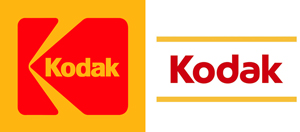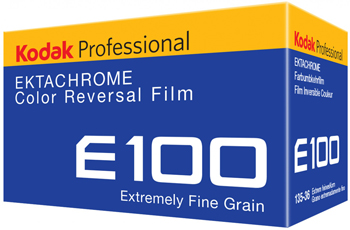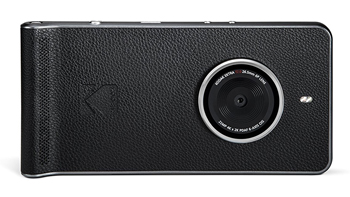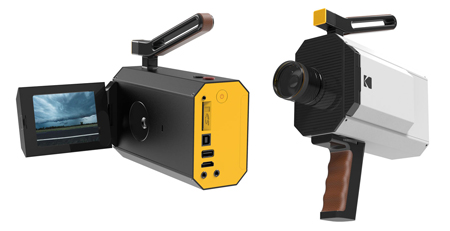It once was the biggest name in photography. Kodak. Gone are the Kodak days, yet the prominent victim of the digital era celebrates a kind of comeback. Not like Polaroid, a company that as well is back from the dead, but licenses about every product imaginable, such as a Polaroid 3D printer, a Polaroid drone, a Polaroid tablet and smartphone… Once mighty Kodak is much more targeted and innovative. They don’t just license their brand to all sorts of crap. That makes it a Kodak revival.

“We realized there were three things very important to them,” Eric Mahe, who joined Kodak as president of software and solutions in 2015, told ZDNet. “They associated Kodak with photography and motion pictures. The second one was trust in the brand, and third, there were a massive amount of memories associated with the Kodak brand.”
And Kodak is back. First with Ektachrome film. Second, the Kodak Super 8 film camera is back. Third, Kodak launches a new online, on-demand platform to help photographers find jobs and help clients find photographers. And fourth, yes Kodak also launched a phone, the Ektra phone, hoping to recapture its glory photography days. But guess that phone is purely for Kodak romantics.

Ektachrome was a gold standard — and killed in 2012 as the last of Kodak’s chrome films, just another victim of digital photography. Now Kodak announced to reintroduce the iconic still film, a pleasantly shocking announcement that certainly reinvigorates the anew buzzing analog photography. The 35mm film will be available later this year.
And who knows, reports PetaPixel. The return of Kodachrome might be up next! My staple film was the Kodachrome 64 for color slides, which was sold back then including processing by Kodak.


But then again, why not the analog renaissance of the real Super 8 thingy: Kodak’s new Super 8 camera, marketed as a “next-generation film camera” and promising a “look and feel” unattainable by any other medium.
Personally I have very fond memories of the Super 8 format. Those were my first video experiences. Super easy to cut — well you just cut the film!
Now with the new Super 8, Kodak reinvents the whole workflow. When you purchase a film you will be buying the film, processing and digital transfer: “The lab will send you your developed film back and email you a password to retrieve your digital scans from the cloud so you can edit and share in any way you choose.” Nice!
Last but not least Kodak introduced Kodakit, connecting businesses to photography services globally. You can easily sign up as a photographer or business, and Kodak hopes the platform “will change the way businesses and photographers can connect to address the needs of large global companies in the travel, food and real estate markets that rely on high quality digital images for marketing and point-of-sale efforts.”

In other words, Kodakit is a photography jobs database. Might be well worth a try if you have the skills and equipment and look for professional gigs.
Overall, not that Kodak will regain the old glory days, but they certainly reinvent themselves in interesting niche ways by focusing on their old core strengths.
Kodak back from the digital grave, for now at least — looking forward to what’s coming in the future from once mighty Eastman Kodak.


